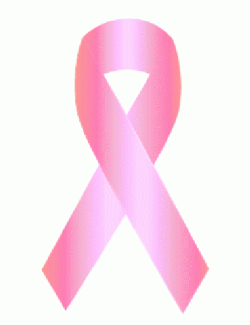
A cancer diagnosis comes with an array of new health risks to consider, and one of them is deep vein thrombosis (DVT), a potentially life-threatening blood clot that blocks blood flow in the veins, typically in the legs. One in five cancer patients will develop DVT, according to the National Blood Clot Alliance. And research suggests that a number of varieties of cancer — including lung — make patients particularly vulnerable.
A review published in September 2015 in Multidisciplinary Respiratory Medicine found that, among people with lung cancer, those most at risk were people with adenocarcinoma, or non-small-cell lung cancer (compared with small-cell lung cancer), those with advanced disease, and those who had undergone lung cancer surgery or received chemotherapy.
Why the increased risk? No one yet knows for sure. Some possible explanations include:
Tumors can compress blood vessels. Tumors take up space and crowd what’s around them, including blood vessels. If a tumor presses hard enough on a blood vessel, it can slow blood flow and cause blood to stagnate, increasing clotting risk, says Maria De Sancho, MD, the chief of the benign hematology service at Weill Cornell Medicine in New York City.
Tumors change blood and blood cells. “Blood becomes thicker, cancer cells release substances that can damage the walls of blood vessels, and cells release pro-coagulant [clotting] substances,” says Dr. De Sancho. Among these chemicals are a protein called mucin, which binds to blood vessel walls and forms the basis of clots.
Chemotherapy changes blood vessels. As chemotherapy kills cancer cells, it may also damage the lining of blood vessels and interfere with the release of chemicals that prevent blood clots. One study, published in the November 2012 issue of the Journal of Thrombosis and Thrombolysis, reviewed rates of DVT in 7,052 lung cancer patients and found that those receiving chemotherapy had a 30 percent higher risk of DVT than those not receiving it.
Inactivity. Pain and fatigue from cancer may lead to less activity. People with lung cancer may find themselves short of breath or bedridden as they recover from surgery. Lack of movement is a known risk factor for blood clots.
Know the Signs
The most important thing you can do to protect yourself from blood clots and pulmonary embolism is to know the symptoms. Blood clot symptoms in the legs include:
- Pain
- Redness
- Swelling
- Warmth
- Clots that move to the lungs — known as pulmonary embolisms — can cause shortness of breath, chest pain, and coughing up blood.
“People with lung cancer may have shortness of breath already, so you need to be aware of this danger,” says Jacques-Pierre Fontaine, MD, a thoracic surgeon at Moffitt Cancer Center in Tampa, Florida.
If you or your doctor suspects a DVT, an ultrasound (a type of imaging test of the blood vessel that uses sound waves) may be done. This test may be bypassed by your doctor in favor of a chest CT if your leg symptoms are accompanied by shortness of breath. “If a lung cancer patient continues to be short of breath with a normal chest X-ray, a chest CT scan with dye injection should be done, which is the best way to show a pulmonary embolism,” says Dr. Fontaine.
Treatment of DVT involves blood-thinning medications by injection under the skin or directly into the blood. You may also be given oral blood thinners. “It may be necessary to continue blood thinners for six months or longer,” Fontaine adds.
Source :-EveryDay Health

Leave a Reply